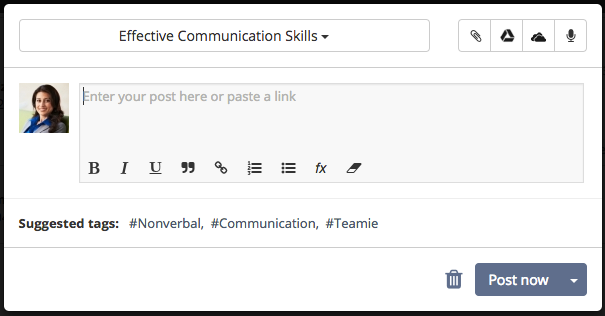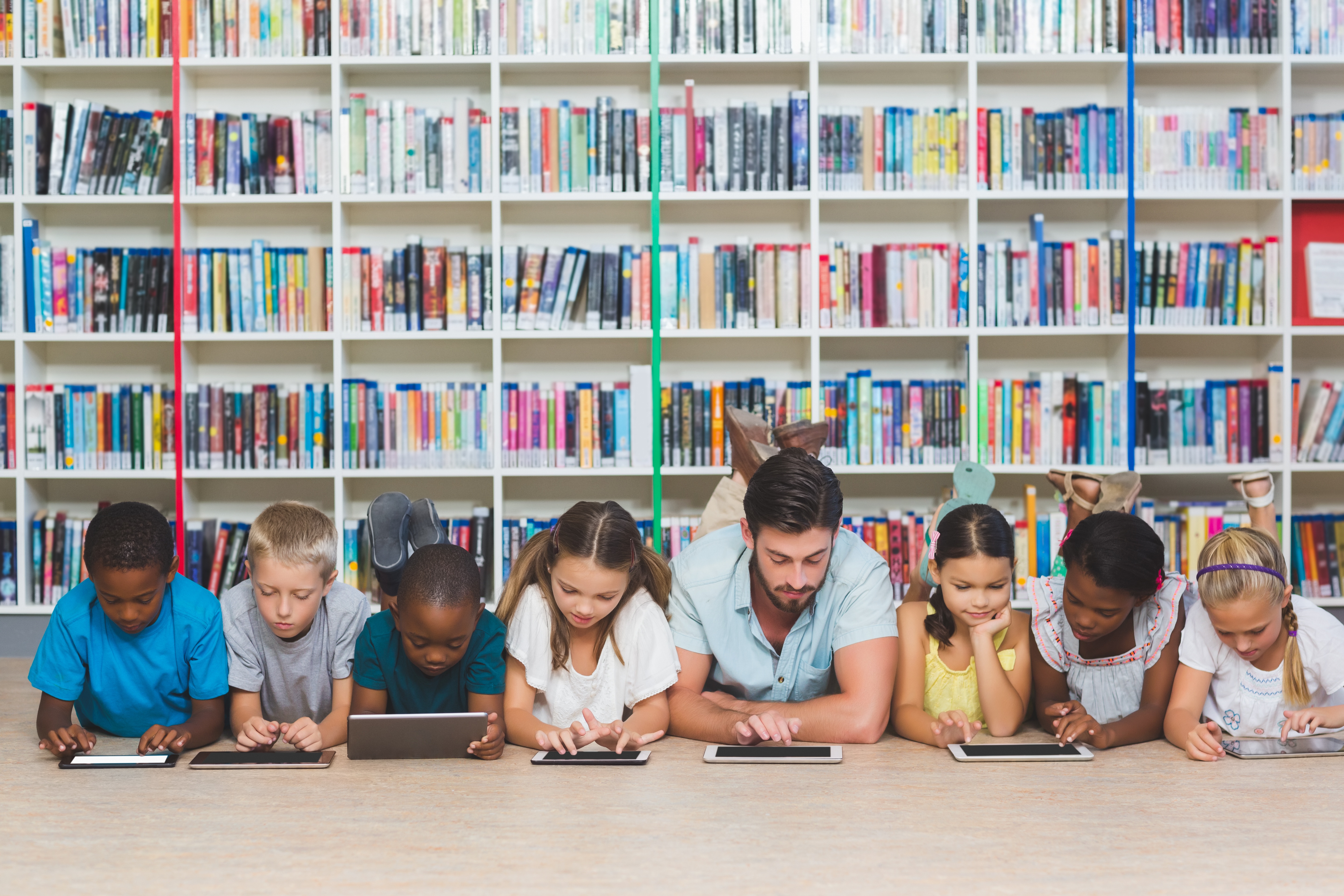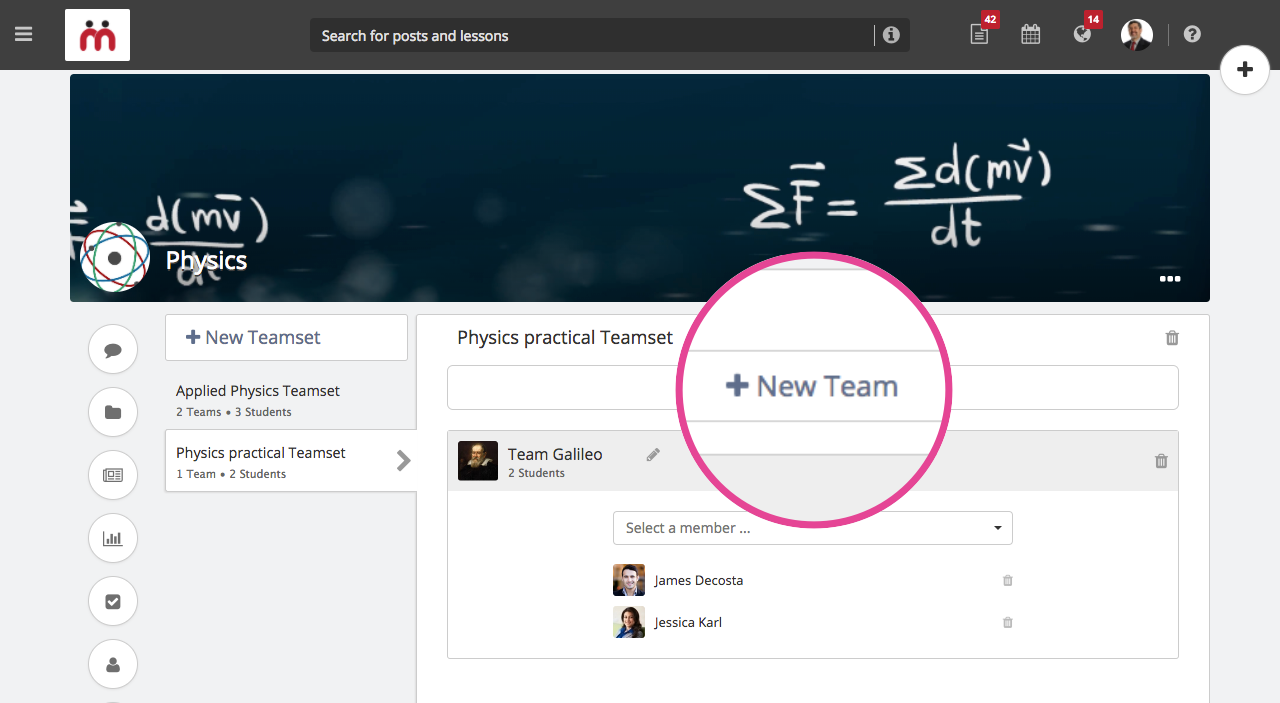Differentiation is a way of teaching or recognising the necessity for many ways of teaching; it’s not a program or package of worksheets. To differentiate teachers must have deep insight into their students’ abilities and learning dispositions so they can provide each one with experiences and tasks that will improve their individual learning. Differentiation means giving students multiple options for taking in information and communicating learning. ‘Differentiating instruction helps teachers address rigorous standards while responding to the individual needs of students. Differentiation allows teachers to focus on essential skills in each content area, be responsive to individual differences, incorporate assessment into instruction, and provide students with multiple avenues to learning.’¹
Differentiation is a daunting task but fortunately adoption of an LMS which focuses on facilitating 21st century learning skills can be a huge assistance to teachers in creating a learning environment where specialized instruction is the norm for all students. As teachers strive to enhance differentiated instruction, it’s important that your LMS supports this kind of instruction as well as has its developmental focus on staying at the forefront of educational models like Personalised Learning and Differentiated Instruction.
Differentiated instruction as explained is an awareness of, and active response to, students’ various learning styles, and involves exercising flexibility in assessment, grouping, and instruction to create the best learning experience for each student. Personalized learning is often grouped together with differentiated instruction, but actually differ, although you might think of them as two sides of the same coin. Personalised learning refers to instruction that is adjusted to meet the unique pace of various students. Simplified differentiation personalizes “how” instruction is delivered, individualization personalizes “when” it is received.
We can think of differentiated instruction in two ways firstly identifying the strengths and areas in need of attention of the students in our class. For this an LMS which provides feedback and analytics on student progress assists in differentiated instruction. In another way we differentiate instruction by understanding that students learn and express their learning in different ways. Gardner’s Multiple Intelligences Theory posits that students possess different kinds of minds and therefore learn, remember, perform, and understand in different ways. In this way an LMS supports differentiation by making it simple to build lessons and resources in a multimedia format.
We’ll look now at some best practices in using your LMS to support differentiated instruction and personalised learning, 4 ways to identify the needs of individual learners and 5 tips on how to employ differentiated instruction/ personalised learning in the Virtual Learning Environment.
4 Ways To Identify The Needs Of Individual Learners
There are many ways that teachers and administrators can cater to the individual needs of their learners. Here are some ways to leverage your LMS to differentiate the learning throughout your school:
Acknowledging diverse learning needs
Different learners have different areas that may need improvement. Use quiz analytics and grade book to identify these areas and structure or direct teaching to those areas, provide material for groups or individuals, specific to their needs. Likewise, learners assimilate information at their own pace, an LMS will allow for a differentiation of time for students to process and respond to material. Give students tools to express their learning in a variety of ways, as well as consume content in a variety of ways. Ensure that the material you are creating on the LMS is of multimedia format, and that there are tools for students to express their learning in a variety of ways.
Ongoing assessments
Some LMSs can measure progress over time in proficiency of curricular standards and objectives. This is a very useful capability for teachers to identify learner’s needs and target that in their curriculum planning. For administrators this same tool can be useful for transparency and teacher accountability, essentially ensuring that the instructors are teaching and assessing the school curriculum.
Group collaboration
In addition to self-guided or personalised learning paths, students must also be able to participate in group collaboration activities which give them the opportunity to observe different learning needs, benefit from the experiences and strengths of others and become empowered through exercising their own strengths.
Learners’ empowerment
Learners are given the power to create and share resources, to participate in conversations around the learning and express their learning and reflect on their learning. This learner empowerment can also manifest in learners choosing their own personal learning paths; by choosing which tasks they will complete and how they will approach the online task. All these techniques and tools empower them to become active participants, due to the fact that they have greater control over their learning process.

5 Tips for Applying Differentiated Instruction in eLearning
Differentiate Pace
Not all of us process information at the same speed and the speed with which one can respond is not an indication of their intelligence nor the validity of their response. An LMS and online learning environment gives students the ability to progress through material and respond to material at their own pace (a platform rich in analytics should also monitor and feedback on learner progress). Teachers can support those who struggle with a topic or module, and allow those who complete the task more quickly to move forward when they are ready.
Offer supplemental learning resources
An LMS allows for easy provision of supplemental resources, such as links to helpful websites, embed articles, videos, or interactive resources like Quizlet or Prezi is beneficial for all learning needs. Learners who may be struggling with a skill or outcome can be directed to such material. An LMS with a strong collaborative or social learning component can utilize forums where they receive peer-based feedback and support or resources which have helped others with subject matter can be shared. This peer to peer instruction when initiated through the LMS is beneficial to all involved.
Create an individualized learning plan
Individualized learning or customized learning plans are becoming very popular methods of instruction and they produce positive results. LMS have made this approach far more effective and realistic where students can be prescribed a learning path or they are sign posted to the next applicable resources for them on their learning path. Because this is an emerging movement in 21st century learning, it is advisable that when selecting an LMS you look for tools which support and enhance implementation of individualized learning paths.
Target Materials, Assessments and Tasks to Individuals and Groups
As a first step learners should be able to make group submissions to assignments. The ability for teachers to be able to target (i.e. send or assign) material like lessons, assignments and even discussion threads to individuals and groups is a powerful capability in promoting differentiated instruction. This capability can be leveraged by the teacher in various ways; skill, curricular objectives, needs, interests, aspirations, or cultural backgrounds.

Make Students Active Agents in the Learning Process
Give students a voice and choice regarding what they want to learn, and how they want to show what they know. Rather than requiring all students to submit written assignments, give them the option to submit a video, drawing, song or other evidence of learning. Allow students to use e-portfolios and blogs to reflect, take ownership and foster a lifelong love of learning. Familiarize students with productivity tools either on your platform or third party and then even encourage students to create rather than just consume by empowering them to develop portions of a lesson, surveys, or even a test. With a flexible platform you can have students be registered in a work area (module) where they are given greater publishing and content creation permissions, like lesson creation, quiz or assessment creation. With the ability to integrate with third party apps, students can be building content on other apps and then simply embed in the LMS for easy sharing.
Conclusion
Your LMS is a powerful tool which the better you understand the better you can leverage and use to support leading educational trends likes personalized learning. With the right focus, tools and usage, instructors can meet learners’ specific needs, based on their knowledge levels and format preferences. Depending on learners’ progress through the course and the quiz or gradebook analytic feedback, the platform delivers the appropriate learning materials to each student. Any personalized learning initiatives will be successful, as they involve more aptly aligning instruction with learners’ needs. Following the aforementioned tips will help you promote Personalised Learning and Differentiated Instruction through your LMS in a result-oriented manner.
¹ (Tomlinson, C., "Mapping a route to differentiated instruction," Educational Leadership57,1 (1999): 12-16. [return])
Confused about your criteria for selecting an LMS?
Download this detailed e-book that acts as a guide for administrators in selecting, implementing & leveraging an LMS for their institute.




Leave a Reply